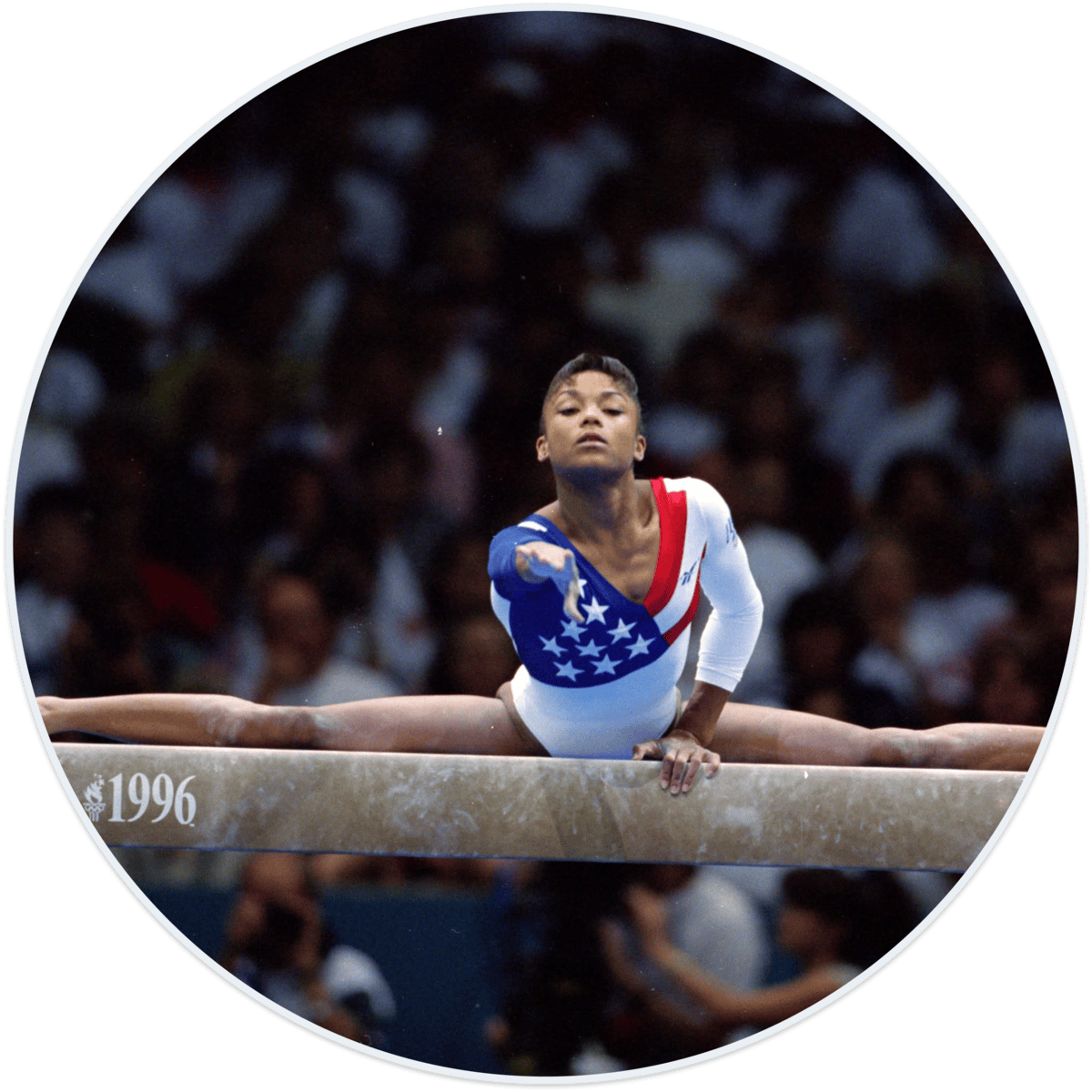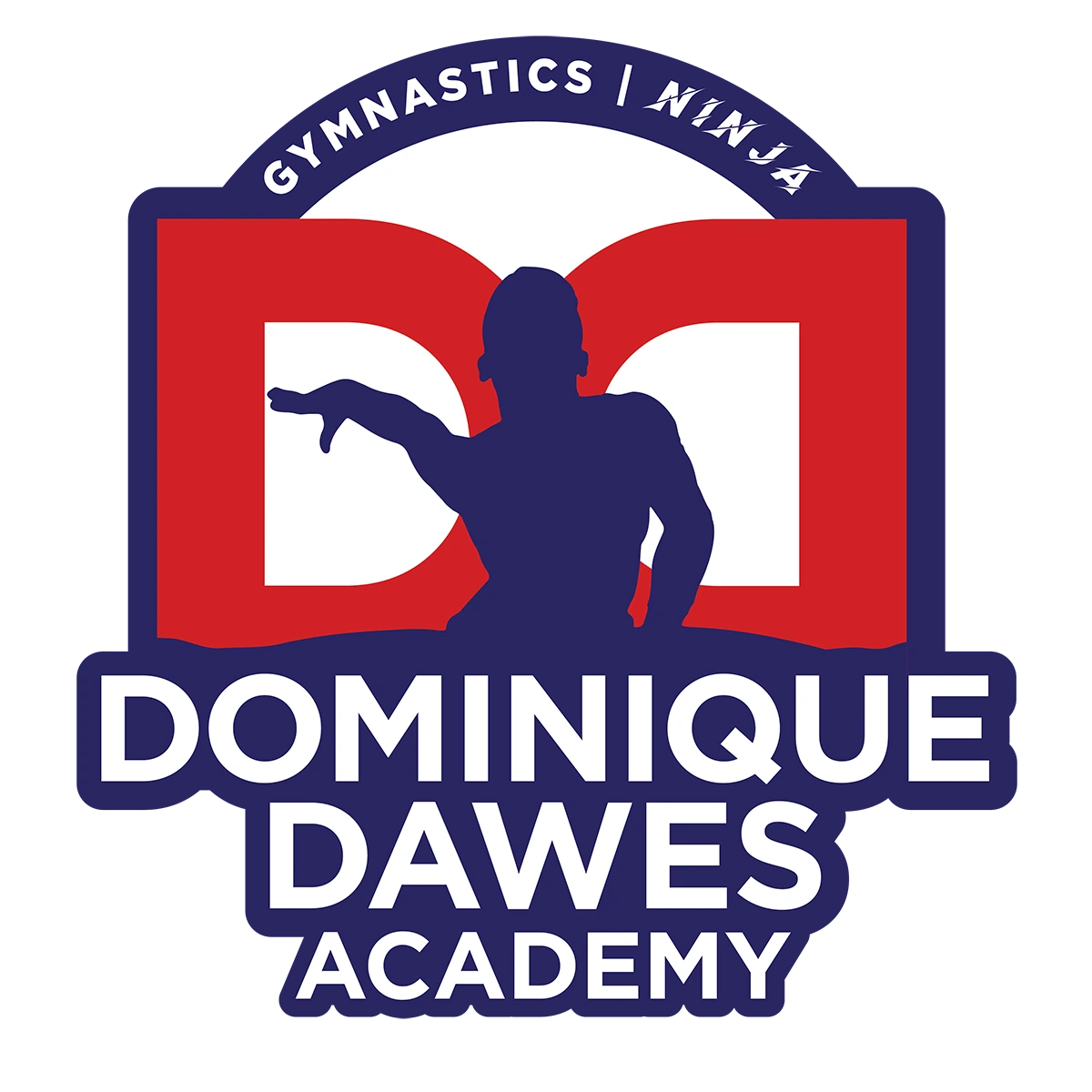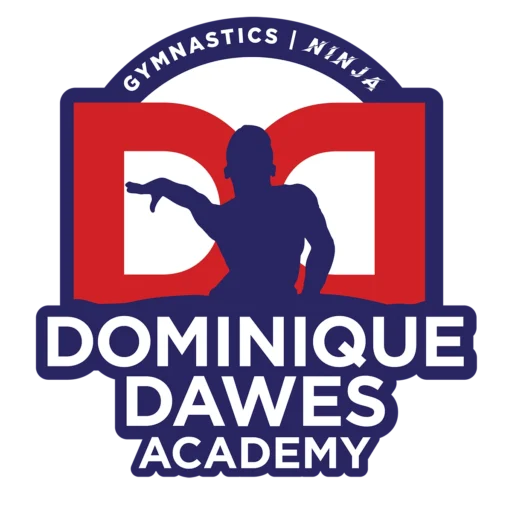
Ah, the sticky summer park playdate. A random cluster of kids has a pickup soccer game, kids move with ease and grace. Over by the benches, your child is consumed with staring at a line of ants or is trying to kick the ball with a wobbly foot that sends it flying a completely different direction than intended. An itty bitty thought may whisper into your parent brain at that moment. What if my child just isn’t “sporty?”
As certified child fitness experts and the parents of active, mobile kids, we want to tell you something with all of our hearts: that’s okay. In a culture that worships early sports specialization and that has a very narrow definition of what “sporty” looks like, we can understand why you may worry if your child doesn’t fit that bill. So we’re going to let you in on a little secret. Your kid doesn’t have to be the next Olympian. The goal for our little ones is to grow into adults who can move through the world with confidence and joy, and here’s the best part: All children can do this, especially when we are willing to think beyond team sports for kids and find a match for them where their strengths shine.
If you’ve ever thought, my child just isn’t very athletic, this one is for you. Let’s rip up the old playbook, and write a new one that works for every kid and every unique journey with movement.
Table of Contents
Redefine “Athletic”
Alright, let’s just stop using this word for a second. Athletic. It’s a word that conjures up thoughts of competition, performing, and being innately good at something. That’s a limited way to look at it. What if instead we were to use “confident mover”? “Joyful explorer”? “Capable body”?
This is more than just a word swap. This is a fundamental shift in mindset. Let’s stop holding our kids up against an “athletic” standard, and instead we’ll focus on the incredible physical abilities they are accessing and building in front of our eyes every day. When our son struggles to scale that crazy-steep rock for 20 minutes, that’s movement. When our daughter choreographs and performs an elaborate dance for her stuffed animals, that’s movement. This is all skill. This is all good. The ultimate goal is to help our kids achieve physical literacy, which is the physical foundation (skills, confidence and motivation) that sets them up to be active and move for a lifetime.
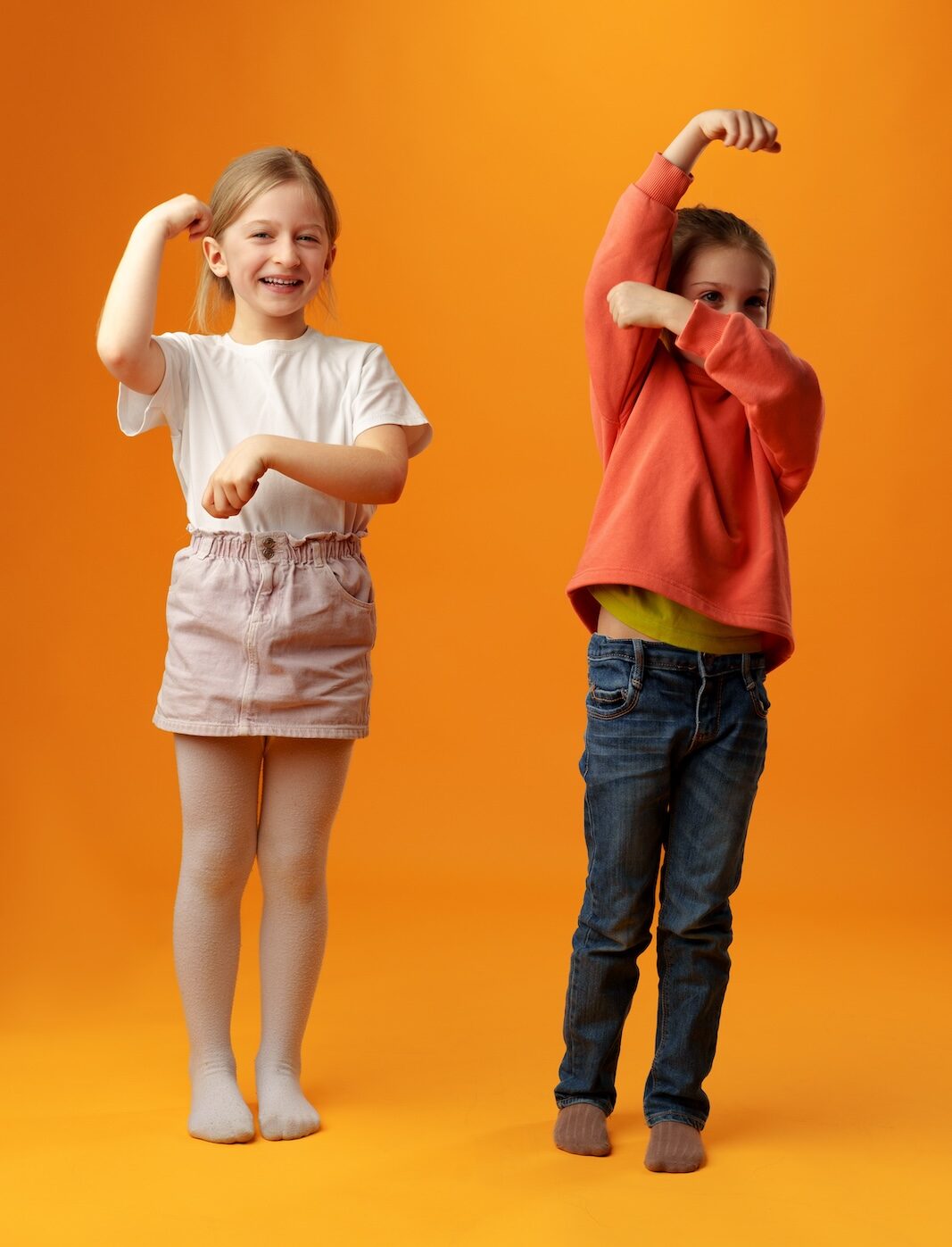
Find Their Movement Language: What is Their “Thing”?
Just as some kids are verbal communicators and others are more visual, there are certain “movement languages” that kids gravitate toward. And just like with communication, it is our job as parents to be curious detectives and help them unlock what theirs is. When a child finds the kind of movement that really “speaks” to them, their confidence levels can soar.
Here are some common “movement languages” we see at Dominique Dawes Academy:
The Rhythmic Mover
This child has music in their bones. They beat on the kitchen table, they are first on the dance floor, and they have a natural sense of rhythm and timing. They may not thrive in the rigid, directional structure of a ball sport, but will light up with music and patterns.
How to encourage their rhythm: Blast music and hold family dance parties in the living room, look for introductory dance classes in your area or try gymnastics, where moving is about flow and rhythm.
The Naturalist Explorer
This kid is a natural in the great outdoors. They’d much rather climb a real tree than a manufactured rock wall. They want to see what’s over that hill, and love all the different textures and challenges that the natural world provides.
How to encourage exploration: Take family hikes, even if they are super short, visit your local nature preserve, let them get muddy, and encourage them to balance on fallen logs, climb on playground boulders, and try to spot the highest branch they can safely reach.
The Individual Challenger
This child is internally motivated. They don’t care about outperforming anyone else, but they love to outperform their last record. They may be more quiet and focused and find a deep satisfaction in personal progress. Team dynamics can be off-putting to them, but a personal challenge is exciting.
How to encourage individual challenges: This is where swimming, biking, martial arts and ninja warrior training really shine. The element of setting a goal and working toward it is fantastic for helping a child who is seen as “uncoordinated” to find confidence, because their only competitor is themselves.
The Builder & Engineer
This child loves to build. Elaborate block towers, intricate forts, complex Lego creations. This play is usually methodical and creative. You can absolutely leverage this natural talent by turning moving into a building challenge.
How to encourage engineering: Ask them to design and build the ultimate pillow-and-cushion obstacle course or give them cardboard boxes and tape and let them design their own “movement machine” that they then have to navigate.
Once you start to see your child’s movement language, you can be your child’s biggest cheerleader by:
- Praising the Process, Not the Outcome: Instead of “Wow you kicked the ball really far!” say “I saw you trying so hard to kick that ball! Your body looked so strong!” This helps them understand that effort is the key, not perfection.
- Focusing on the Feeling: Ask questions that help them connect movement with positive emotions. “That didn’t feel so scary after you did it, did it? It felt amazing to be swinging so high!” or “Wow your body must feel so strong after all that climbing!”
- Being a Play Partner, Not a Coach: Get down on the floor and play with them, on their terms. Model joy and silliness in moving. If you’re having fun, they will have fun.
- Celebrating Small Wins: They balanced on one foot for 3 seconds, when last week they did 2? That’s a big deal! Acknowledge it and celebrate it. Confidence is built in tiny, successful steps.
Trust your child’s developmental timeline. They are all on their own path, and this isn’t a race. We’re not trying to rush them to some finish line. What we want to give our kids is a rich “vocabulary” of movement that they can access for the rest of their lives so they can fully and confidently express themselves physically.
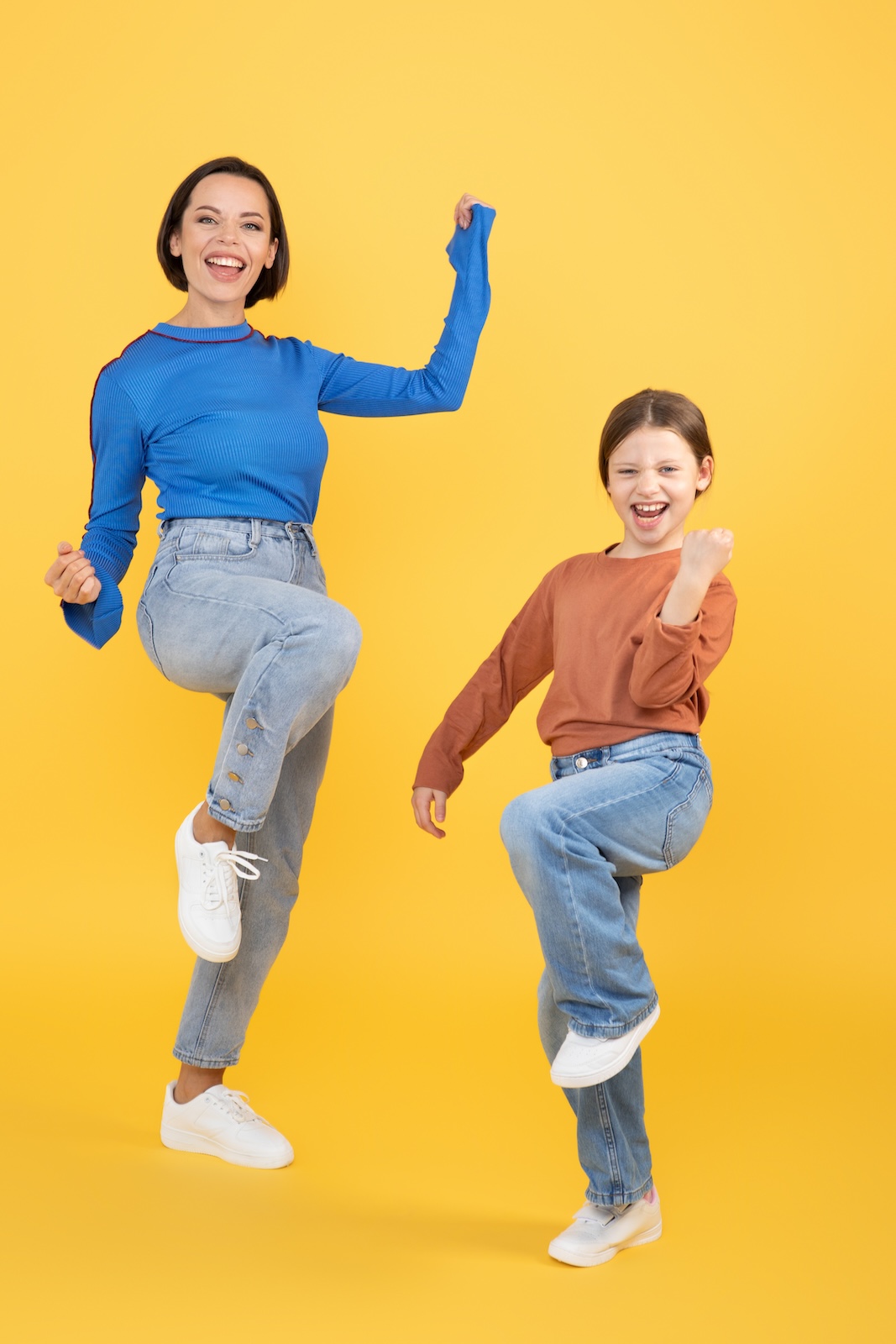
You Are the Key: The Road to Physical Confidence
Parenting a child who doesn’t fit the traditional “sporty” box isn’t a problem to be solved; it’s an invitation to be creative and customize the experience to your child’s needs and desires. By being a good observer, and a joyful partner, you can help your child write their own definition of what strong, capable and confident look like, and you can show them that a love of movement isn’t the province of just the kids who score the winning goals. It’s for all kids.
And if you’re looking for a place that is built around your child’s individual journey, we would be so honored to be a part of your story. At Dominique Dawes Academy, the whole philosophy of the studio is built around personal progress and finding the joy in movement.
Our programs are perfect for building confidence, because they are non-competitive and self-paced — whether your child is a Rhythmic Mover that you think will shine with the grace and flow of gymnastics, or an Individual Challenger who we think will thrill on our ninja course, there is a place for them here. Our coaches are experts at meeting kids where they are at and guiding them to their next “win,” and that sense of accomplishment will radiate into all aspects of their life.
Come see for yourself how we celebrate all types of movers! Schedule a visit to Dominique Dawes Academy — and find a community where your child can shine.
Contact Information
Have Questions or Concerns? Call Our Office at (240) 690-4138
Our Clarksburg Location
22530 Gateway Center Drive
Clarksburg, MD 20871
Recreational Gym – Suite 500
Preschool and Ninja Gyms – Suite 700
Our Rockville Location
5626 Randolph Road
Rockville, MD 20852
